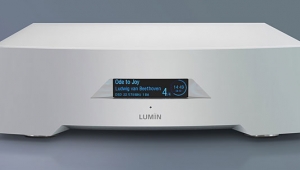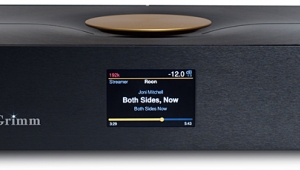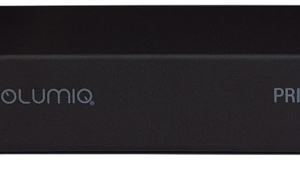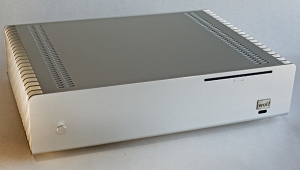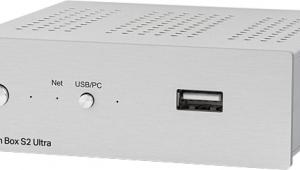| Columns Retired Columns & Blogs |
Sonos ZP80 & ZP100 WiFi Music System Network-Attached Storage
Sidebar 2: Network-Attached Storage
When I visited Sonos in June 2006, the folks there kept talking about how cool it was to use a network-attached storage (NAS) hard drive with the system. In most respects, an NAS drive is just like any other external hard drive, except that it's been set up specifically to run as a standalone drive without the need to keep a computer hooked up to it. In other words, once you put some song files on an NAS hard drive and disconnect your computer, the Sonos system can use those song files as if the NAS were just another source component.
Think of an NAS drive as a multidisc CD transport that can hold hundreds of discs. Just as with a multidisc transport, you've got to load the discs in to get started—but in this case you load the songs in via your computer's CD drive and rip the data onto the NAS drive. You can then unhook your computer and the NAS drive runs on its own, just like a multidisc transport.
Also like a transport, an NAS drive needs something to act as a D/A converter, which is where the Sonos Zone Players come in. The Sonoses can take the digital output from the NAS drive and convert it for you, or send it unmolested to your favorite DAC. And unlike any CD changer I've seen, the Sonos remote makes accessing all of this music a joy.
So in some ways, an NAS drive is just like using an iPod with your system, provided you could access an iPod's raw PCM stream, which you can't. Also, in terms of gigabytes per buck, an NAS drive is a better deal than an iPod. A 300GB NAS drive ($250 at today's prices) can store up to 900 CDs uncompressed, using Apple Lossless or FLAC, compared with the 40GB iPod's 120 CDs.—Jon Iverson
- Log in or register to post comments



